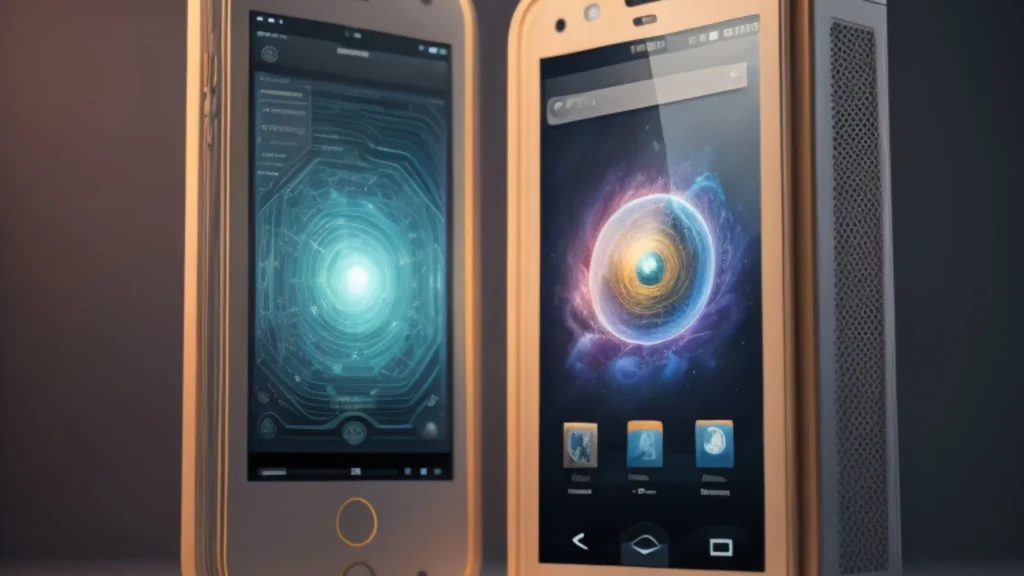Welcome to the world of Li-Fi Technology, where internet connectivity takes on a new dimension using light. In this guide, we’ll delve into the intricacies of Li-Fi, unraveling its mysteries step by step to shed light on this innovative technology.

Introduction to Li-Fi Technology
Li-Fi technology, short for “Light Fidelity,” is a cutting-edge wireless communication technology that uses light waves to transmit data. Unlike traditional Wi-Fi that relies on radio waves, Li-Fi utilizes the visible light spectrum for high-speed data transmission.
The Light Bulb Transmitter
The foundation of Li-Fi lies in LED light bulbs. These bulbs are equipped with a special chip that modulates the light signals at extremely high speeds. This modulation is imperceptible to the human eye but serves as the carrier for transmitting data.
How Li-Fi Technology Works
- Modulation: The LED bulbs flicker at a rapid rate, encoding data within the light.
- Reception: Photodetectors, often integrated into devices like smartphones or computers, receive the modulated light signals.
- Data Processing: The received signals are then converted back into data, completing the communication cycle.
Advantages of Li-Fi Technology
- Speed: Li-Fi boasts remarkable data transfer speeds, potentially reaching gigabit-per-second rates, far surpassing traditional Wi-Fi.
- Security: As Li-Fi operates through light signals, it is more secure and less susceptible to interference from neighboring networks.
- Efficiency: The visible light spectrum is vast and available, providing a multitude of channels for data transmission and reducing congestion.
- No Electromagnetic Interference: Li-Fi doesn’t interfere with sensitive electronic equipment in environments like hospitals or aircraft.
Limitations and Challenges of Li-Fi Technology
- Line-of-Sight: Li-Fi requires a direct line of sight between the transmitter and receiver, hindering its functionality through walls or obstacles.
- Indoor Use: It’s most effective in indoor environments where light sources are controlled, limiting its outdoor applicability.
- Limited Range: Li-Fi has a shorter range compared to Wi-Fi, making it more suitable for specific use cases rather than widespread coverage.
Applications of Li-Fi Technology
- Internet Connectivity: Li-Fi can provide high-speed internet access in areas where traditional Wi-Fi faces challenges.
- Secure Communication: Due to its immunity to electromagnetic interference, Li-Fi is ideal for secure communication in sensitive environments.
- Indoor Navigation: Li-Fi can be used for indoor positioning and navigation, offering precise location services.
- Intelligent Lighting Systems: Li-Fi enabled bulbs can also serve as intelligent lighting systems, adjusting brightness and color while providing connectivity.
Future Prospects of Li-Fi Technology
As technology advances, Li-Fi is poised to play a more prominent role in the future of wireless communication. Ongoing research aims to address current limitations and enhance the practicality of Li-Fi in various domains.
In conclusion, Li-Fi represents a revolutionary approach to wireless communication, harnessing the power of light for faster, more secure, and efficient data transmission. While it may not replace Wi-Fi entirely, Li-Fi’s unique advantages make it a promising technology for specific applications in our increasingly connected world.